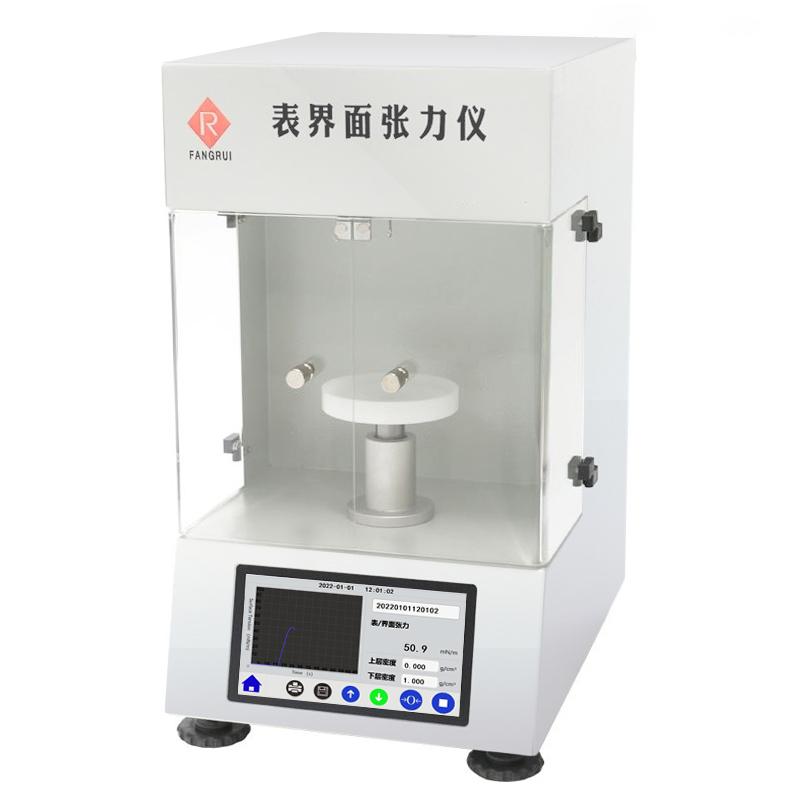액체계/계면장력 시험 방법 비교: 플레이트 방식 VS 링 방식
액체 표면 장력 측정은 광범위한 적용 중요성을 갖습니다.. This technology not only helps us understand how liquids behave in a variety of scenarios, but also has a profound impact on industrial production, materials science, pharmaceutical development, and biomedicine. By measuring and understanding liquid surface tension, we are able to optimize production processes, 제품 성능을 향상하다, and drive innovation and development in various fields.
Plate method and ring method in liquid meter/interface tensiometer are two commonly used test methods. The plate method uses a flat plate to measure the surface tension of liquid, which is suitable for samples with different viscosity, but it may not get better results under some autophobic conditions. The ring rule is used to measure the interfacial tension of liquid through the ring structure, which is especially suitable for dealing with self-hate and measuring the interfacial tension of non-phase solution, but its structure is easily affected by external forces. When selecting the appropriate method, the sample characteristics and the accuracy of the required data need to be considered. In the measurement of liquid surface or interfacial tension, plate method and ring method are two common test methods. There are some significant differences in their principles, 장점과 단점, and applicable samples.
액체계/계면장력 시험 방법 비교: 플레이트 방식 VS 링 방식
Plate test
The plate method is a relatively new test method used to measure the surface or interfacial tension of liquids. Its advantages include: the test sheet is not easy to deform, ensuring the stability and accuracy of the measurement. Surface tension testing of samples with a certain viscosity is allowed. The whole test process can be monitored in real time to ensure the reliability and real-time data. 하지만, the plate method also has some shortcomings, and some samples that are self-hating with the plate surface may not get good reproducibility in the test. When testing the interfacial tension of two insoluble samples, accurate data may not be available.

액체계/계면장력 시험 방법 비교: 플레이트 방식 VS 링 방식
Loop test
The ring test is an early test method for the measurement of surface or interfacial tension in liquids. Its advantage is that the ring method detection data is usually more stable and reliable, especially suitable for the measurement of liquid and plate surface self-hate. When testing the interfacial tension of two insoluble samples, the ring method has the advantage of providing more accurate data. Of course, the ring test also has some shortcomings. The structure of the ring is easily affected by external forces, which may lead to deformation, thus affecting the accuracy of the measurement data.

Sample test comparison
동일한 샘플의 경우, whether the plate method or the ring method, the test results are not always consistent. 일반적으로, for standard samples, the results obtained by the two methods are basically the same. 하지만, 일부 경우에, such as when the liquid is self-hating with the plate surface or when testing the interfacial tension of two insoluble samples, the two methods may yield different results. 그러므로, when selecting a test method, it is necessary to consider the characteristics of the sample as well as the required data accuracy and stability to determine the appropriate test method. Through the understanding of plate and ring methods, we are better able to select the liquid table/interfacial tension test method that suits the specific sample and test needs, resulting in more reliable and accurate test data.
